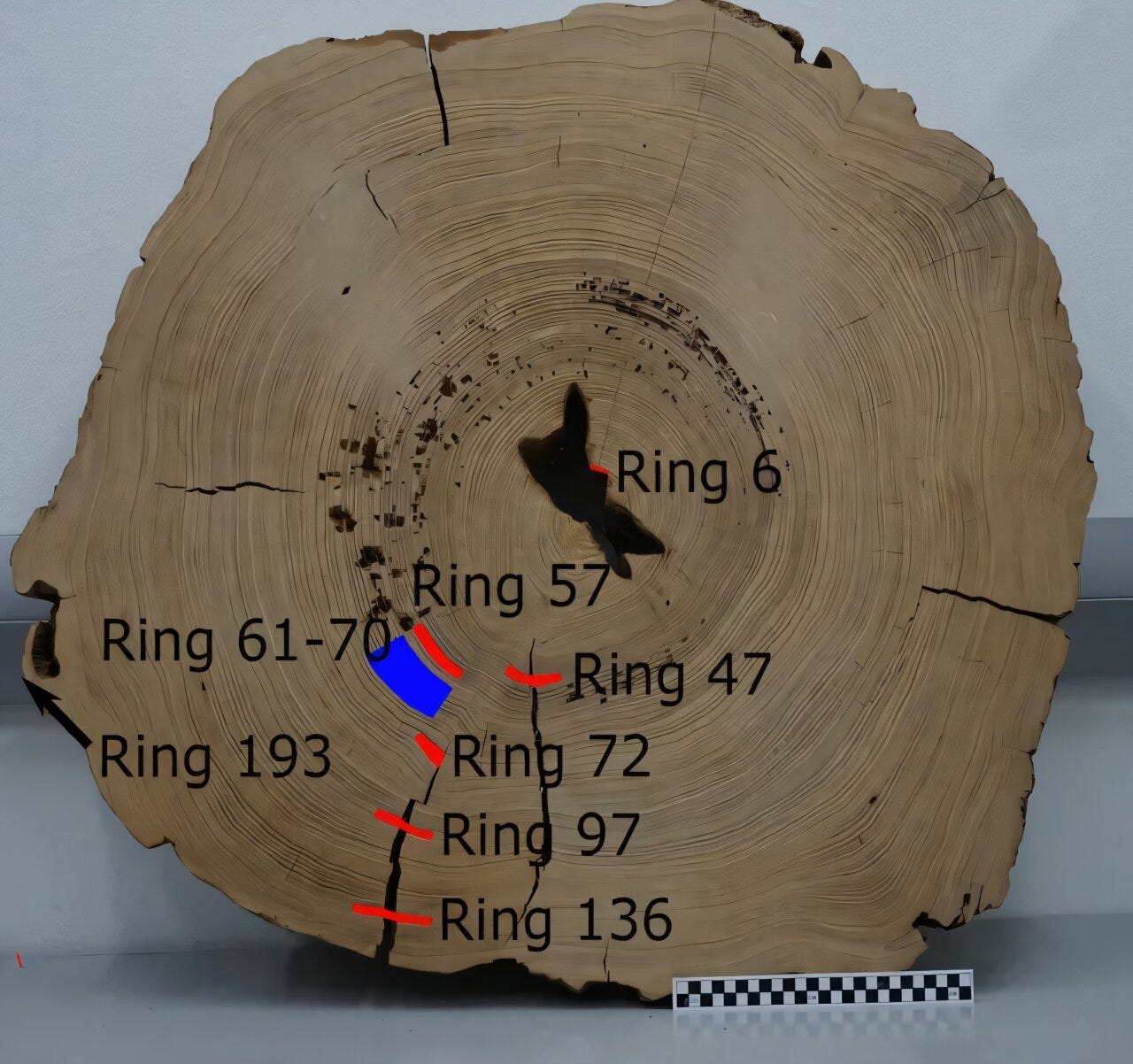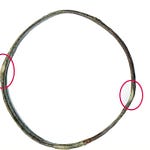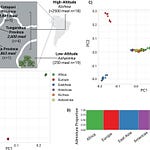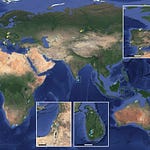The City That Shouldn’t Have Been
Around the year 1050 CE, a city rose on the floodplains east of the Mississippi River—a place that, by every ecological and social measure, should have been impossible. Cahokia, as archaeologists later named it, sprawled across more than five square miles of what is now southern Illinois. Its population rivaled or exceeded that of medieval London, its mounds and plazas reshaped the land on a continental scale, and its influence radiated from the Great Lakes to the Gulf of Mexico.
Yet within two centuries, the city that had drawn tens of thousands to its ceremonial heart was empty. Its wooden temples rotted, its plazas filled with silt, and the earthworks that had once proclaimed human mastery over nature stood as grassy silhouettes on the horizon.

For years, the question has lingered: When, exactly, did Cahokia’s pulse begin to slow? A new study1 led by Dr. Nicholas Kessler of the University of Arizona offers a startlingly precise clue—not in a temple or mound, but in a single massive pole.
Listen to this episode with a 7-day free trial
Subscribe to Anthropology.net to listen to this post and get 7 days of free access to the full post archives.









